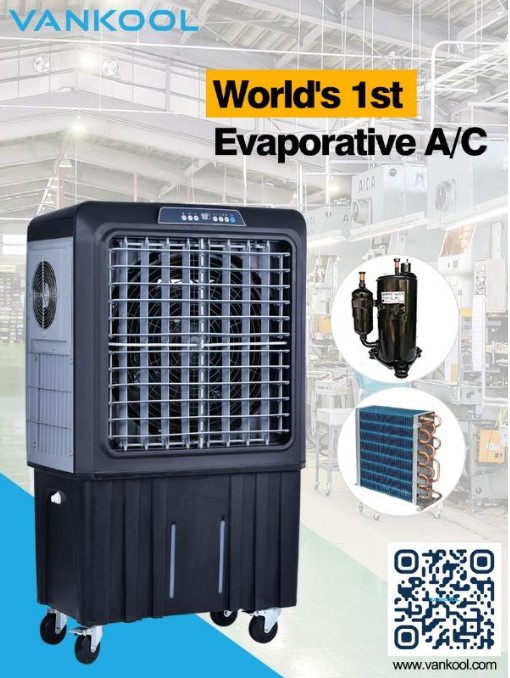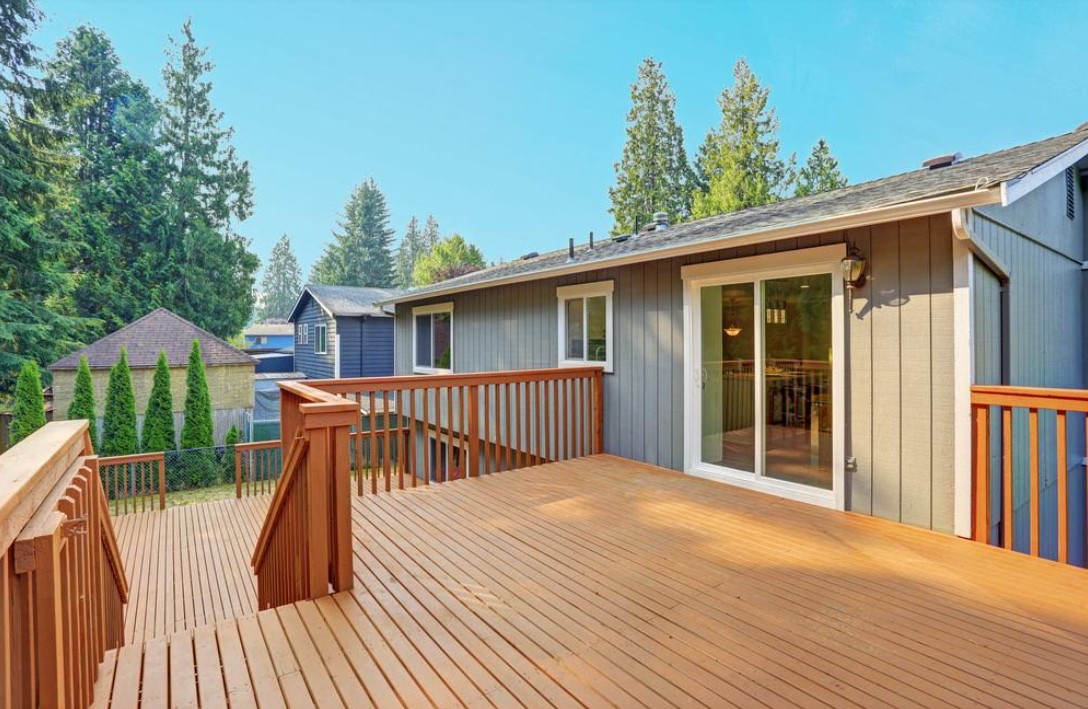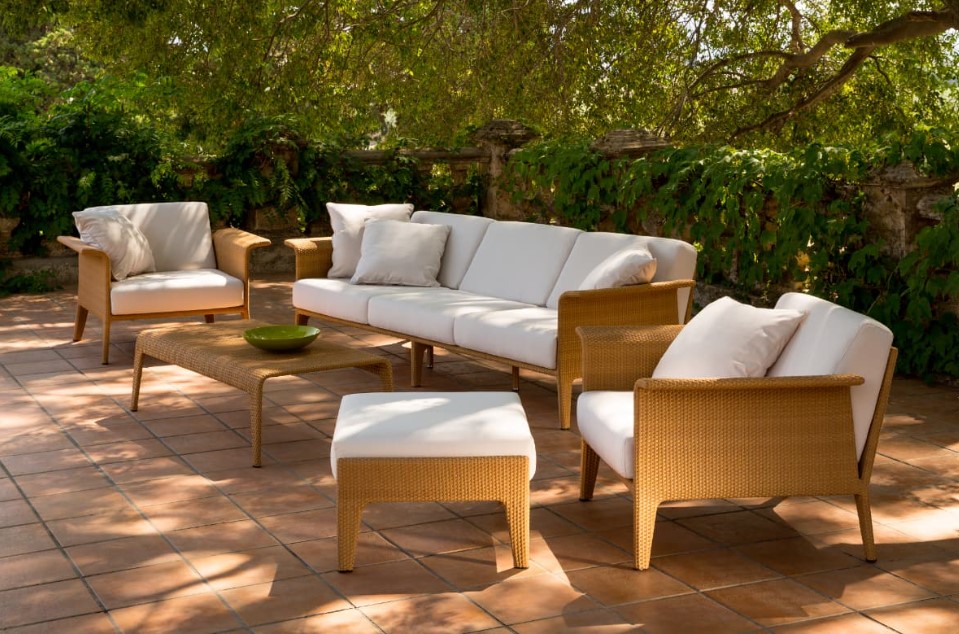
As much as you would like to prevent it, there may come a time when your air conditioning breaks down unexpectedly. This can be especially frustrating during the hot summer when temperatures are high. Waiting for emergency AC repair in Port St Lucie can feel like an eternity in these situations. However, there are some steps you can take to stay cool and comfortable while waiting for help to arrive.
Keep Your Blinds and Curtains Closed
One of the easiest ways to keep your home cool while waiting for emergency AC repair services is to keep your blinds and curtains closed. This helps block out the hot sun rays from entering your home, which can significantly increase the temperature inside. Keeping these window coverings closed prevents heat from building up in your home, making it much more bearable to wait for repairs.
Use Fans and Portable AC Units
If you have fans or portable AC units, now is the time to use them. These can help circulate air and immediately provide a cooling effect. Place fans around your home to create a cross-breeze, or point them towards yourself for a more direct cooling effect. Portable AC units can also be a lifesaver, providing temporary relief until the repair services arrive.
Stay Hydrated
It’s important to stay hydrated during hot weather and even more so when your AC is out of commission. Drink plenty of water throughout the day and avoid drinks that can dehydrate you, such as sugary or caffeinated beverages. You can also try eating hydrating foods like fruits and vegetables to help your body stay cool from the inside out.
Dress for the Heat
While it may be tempting to strip down to your bare minimum to stay cool, wearing light and loose clothing is more beneficial. These … Read the rest




